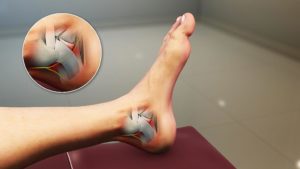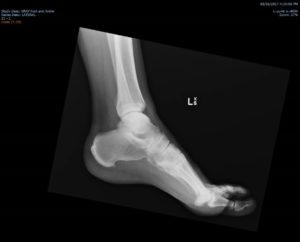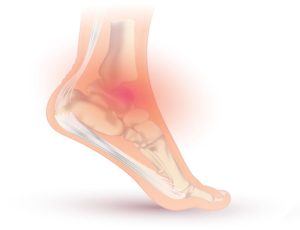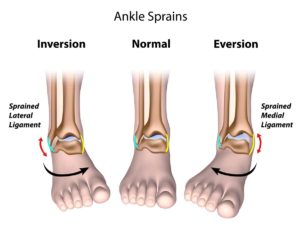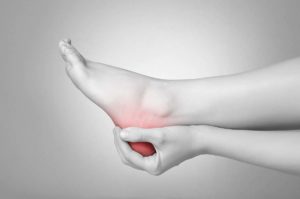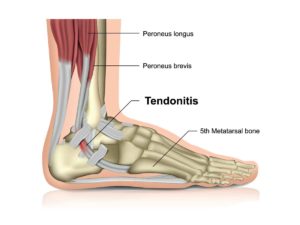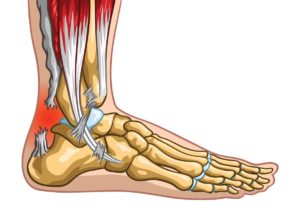
Avulsion Fracture
Typical Symptoms
Avulsion fractures usually cause localised pain, swelling, bruising and depending on the size of the injury, there can be difficulty with mobilising or weight-bearing. The location of the avulsion and resulting pain depends on the precipitating injury.

What causes it?
Avulsion (pulling) fractures usually occur in conjunction with other injuries such as ankle sprains. In some situations, the ligament or tendon can pull off part of the bone that it is attached to and hence the the fracture.
How can I help myself?
It is helpful to think about the injury that led to the symptoms to therefore understand the mechanism. If there is considerable swelling and pain, offloading with crutches and immobilising the ankle/foot can help with symptoms. Following PRICE guidelines can also help, as can analgesia such as anti-inflammatories.
When to seek help?
If your symptoms are significant and your mobility or function is impaired, it would be good to have your ankle/foot assessed as soon as possible.
What are the treatment options?
Once your clinician assesses you with a thorough history and examination, they may undertake an X-ray to look for the bony avulsion.
Sometimes on initial investigation, the injury may not be evident and sometime on ultrasound small avulsions can be seen. Some can be treated conservatively, particularly if small and hence in these cases rehabilitation will form the main treatment with progressive loading. However, in some situations where the fragment is considerable and needs fixation for optimal healing, then a surgical intervention will be needed.


